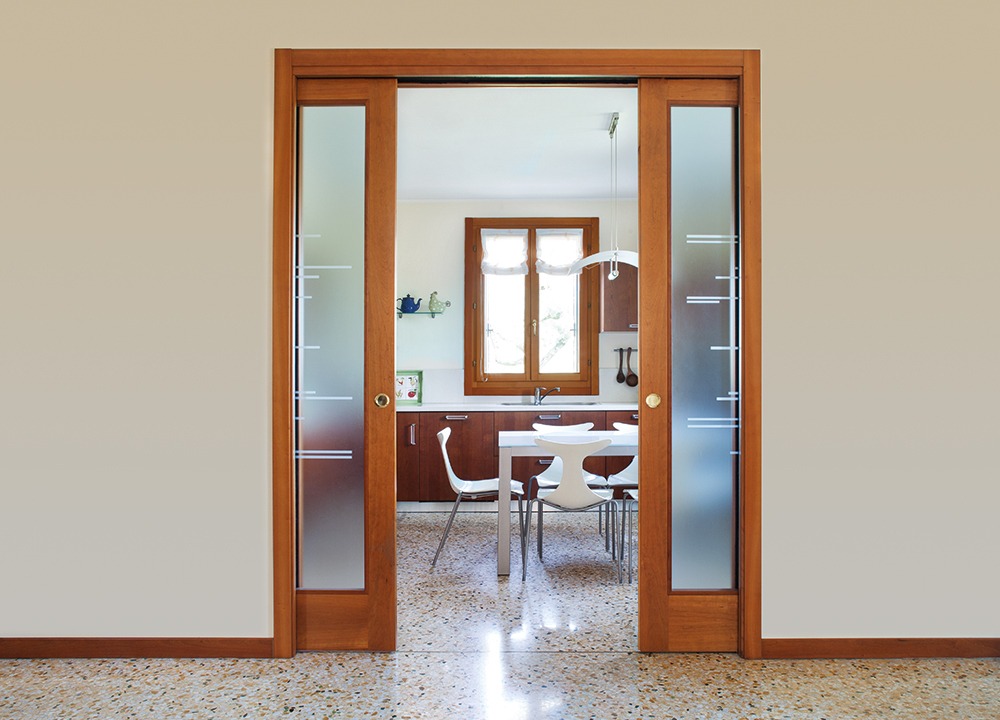
The population of the UK is aging. Current estimates are that around 17% of the population is 65 or older. This is only expected to rise, with some suggestions being that this figure might reach around 23% by 2035. An older population faces a range of difficulties – which need to be overcome to enable people to live comfortably.
While many older people are determined to be independent, and to carry on living on their own, an increasingly aging population is likely to lead to more people living in ‘Assisted Living’ facilities. While the name ‘Old People’s Home’ may conjure a particular image, assisted living facilities tend to prioritise keeping as much independence as possible for their residents. However, no matter how independent older people might feel, there are still elements of every day life that can become increasingly tricky to navigate as you age. Changing the design of rooms – such as installing pocket doors – can help maintain independence for residents of assisted living.
What is a pocket door?
A pocket door is a type of sliding door. Where a traditional door swings either out or in, a pocket door moves from side to side. A traditional sliding door moves on two pieces of wooden channel, above and below the door frame. A pocket door moves on a rail that is above the door. A traditional sliding door moves into a space along the wall, next to the doorway. Whereas, a pocket door moves into a cavity or ‘pocket’ inside the wall. This can either be within the existing wall, or constructed with a piece of plaster board to create a pocket. After sliding into the cavity, the door seems to disappear.
What difficulties with doors do Assisted Living facilities face?
Many doors can be awkward and difficult to navigate as you get older. Traditional doors take up a necessary amount of space with their swing. In assisted living facilities, space can sometimes be at a premium, meaning that swinging doors can be a problem. For people with wheelchairs or with other sorts of physical disability, reaching and using a traditional door can become a challenge. Equally, a sliding door with a bottom rail is unusable for someone who uses a wheelchair. Many conditions that are more common in older people, such as dementia can make mobility an issue. Having a rail at foot level presents a trip hazard that could lead to an undesired fall.
How can pocket doors help?
Pocket doors can alleviate many of these sorts of problems. They do not need much space, meaning that you can make the most of the space available. This often enables smaller rooms to be made out of larger ones – such as ensuite bathrooms. In assisted living facilities, it is often necessary that bathrooms be made very accessible – something that pocket doors can enable. They do not need a floor rail, so there is no corresponding increase in fall-risk. Pocket doors are also affordable, helping save money in an industry that is often under-funded.
For more information on pocket doors, check out our full range – or get in touch today.